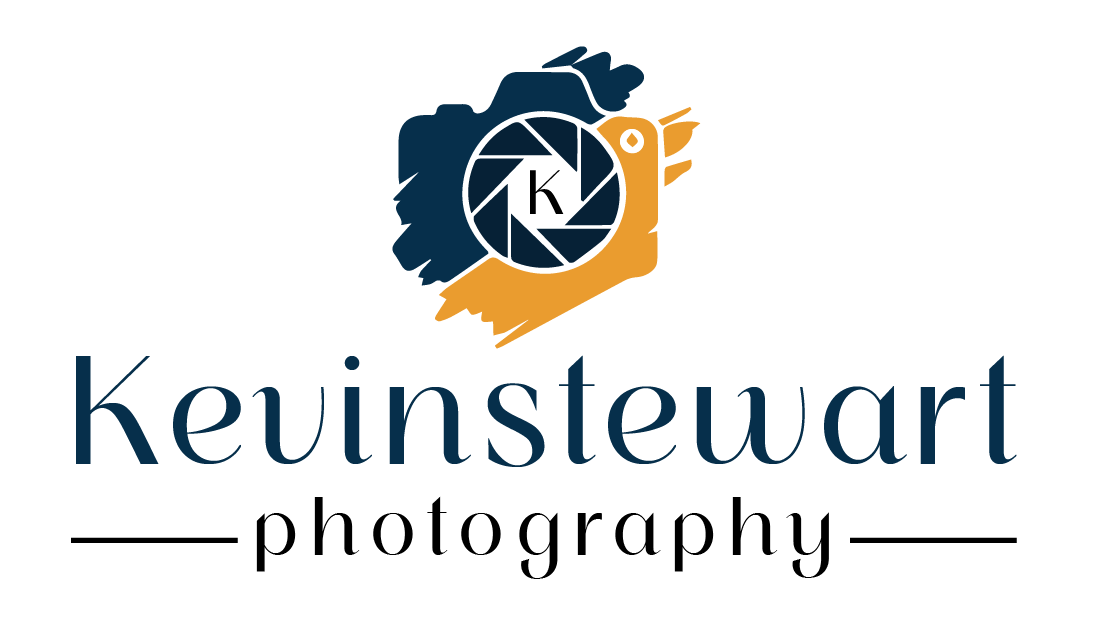The lighting is one of the most important aspects of photography that directly affects your mood, the texture, and clarity of the images. Knowing how to control and use light efficiently can help improve your photography expertise by a large degree be it a beginner or a professional photographer. This manual discusses the key lighting styles and tricks that would enable you to take your photography to a new level.
1. Learning about Natural Light
The most available and interchangeable source of light to photographers is natural light. It is soft and diffused or hard and direct and it varies, based on the weather conditions and time of the day.
Golden Hour
The golden hour is that time just after the sun rises but before the sunsets when the sunlight is warm and soft. It has been said to be the most favorable time to take photos because it intensifies colours and gives desirable shadows.
Tip: Your shoots should be planned during the golden hour to enable you to utilize soft and warm light. Test various angles to determine the way the light plays on your subject.
Blue Hour
The blue hour is the time right before the sun is rising and just after the sun sets and the light is cooler and bluish. This period can offer a calm environment and it is ideal when taking pictures of landscapes and urban areas.
Trick: A blue hour is a good time to use a tripod to lengthen your exposure and thus, you have time to record the depth and richness of your scenery.
2. The Art of Manipulating Artificial Light
Natural light is splendid, but sometimes a bit of artificial light is required like during low light conditions or even to create a certain effect. Learning the communication of artificial lighting would greatly improve your skills of photography.
Continuous Lighting
Constant lighting is a constant stream of light that gives you the opportunity to view how the lights react with your object. This kind of lighting can be applied in product photography and portrait photography.
Tips: Have continuous lights placed in various positions to give your images shadows and highlights that give a depth to the image. Diffusion of the harsh light can be achieved with the use of softboxes to make the light look more flattering.
Flash Photography
Flash may also be used to provide light on your scenes particularly when faced with difficult lighting situations. On-camera flash may be useful, whereas off-camera flash is more creative.
Hint: Play around with flash settings and positions. Tossing the flash against the walls or ceilings may produce more natural light, and lessen the harsh shadows.
3. Learning How to Use Reflectors
The reflectors are a great aid in controlling natural light, and they assist in reflecting the light into the object you want to photograph and also help eliminate shadows. They may be as basic as a plain piece of cardboard, or a professional reflector.
Hack: When it is sunny, you can take portraits and direct the light to the face of your subject with the help of a reflector. The method will have the effect of mellowing the shadows and making the exposure even-handed.
4. Exploring Shadows
Shadows are very crucial in bringing depth and dimension to your photographs. This is a skill that can be learnt to use shadows in the most creative way so that they can be used to enrich your compositions and make your images interesting.
Hard vs. Soft Shadows
Hard Shadows: Hard shadows are made by direct sources of light and they can be used to create drama and contrast to your images. This is most specifically applicable in black-and-white pictures or in dramatic portraits.
Diffused light Soft shadows: Soft shadows are formed as a result of diffused light, which produce a more gentle and favorable effect. This is best suited in portraiture and close-ups.
Trick: Try to change the light direction and quality to experiment on the shadows of your pictures. Make shadows to cut your subject or draw lead lines in the composition.
5. High Dynamic range (HDR) Photography
High Dynamic Range (HDR) photography incorporates the usage of photographic multiple exposures of the same image and gluing them together to create one image with a large variety of contrasts. The application of this technique can be effective especially in contrast situations or a landscape with a dark foreground and a bright sky.
Tip: To be sure that your camera is at rest during a series of exposures, use a tripod. These images can be merged with the assistance of post-processing software and produce a final photograph which is well-balanced.
6. Backlighting Techniques
Backlighting is the light source at the back of the subject, and it produces an effect of a silhouette. The method will be able to provide drama and interest to your pictures.
Silhouettes
As a way of making a silhouette, expose to a light background rather than the subject. It is a technique of focus on shapes and outlines, which creates impressive compositions.
Guiding note: Have your subject in front of a bright sky or a bright background to provide a beautiful result in silhouette photography. It is important to experiment with angles to create the most interesting composition.
Rim Lighting
The rim lighting is when the subject is encircled by a halo light of the source of light. This method is able to provide depth and dimension making your subject shine through.
Tips: Light the back of a piece of work to highlight the texture and detail in your subject, e.g. hair or leaves. To make your subject outstanding against the light, adjust your exposure.
7. Experimentation and Practice
The important thing in using lighting to enhance your photography skills is through practice. Explore various lighting systems, sources and methods to find out what suits you and your subjects best.
Suggestion: Have special practice hours during which you work on lighting only. Test yourself and come out to shoot in different conditions such as hot midday sun to low-light situations.
Conclusion
In order to improve your skills in photography, it is important to master the techniques of lighting. It doesn’t matter what kind of lighting you are using whether it be natural or artificial, creative play of shadows, or whatever it is, getting efficient with the light and knowing how to control and use it will alter your images. With the above techniques in place in your practice, you will end up producing beautiful photographs that will be interesting and appealing to your viewers.
Like any art, the process of learning lighting is long and requires effort. You should be a good learner and remain inquisitive and not fear experimenting. Every time you get a shot on you are a step closer to making your photography reach new heights.

